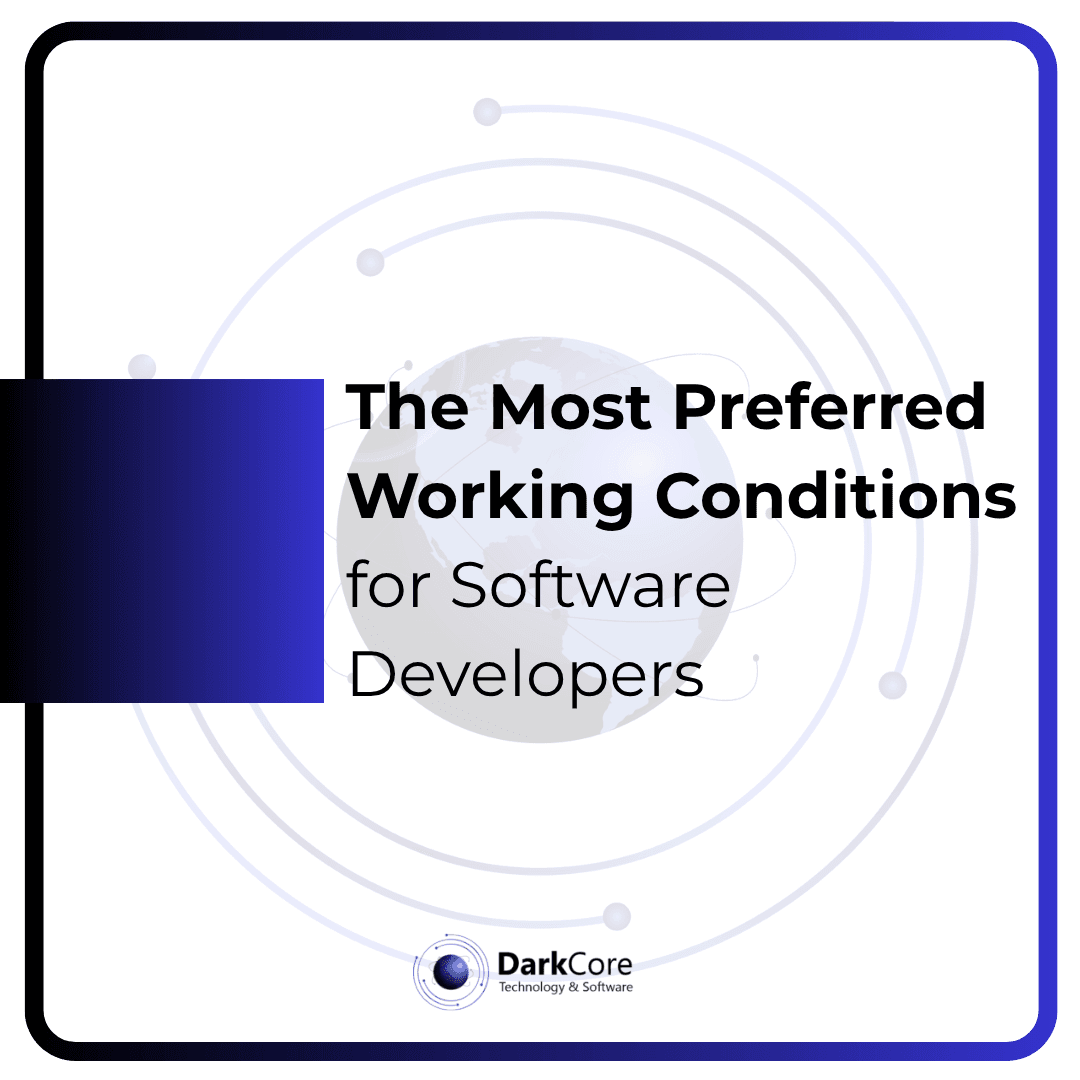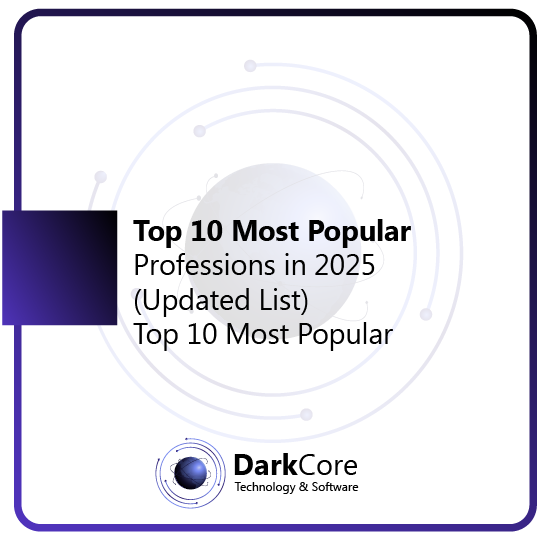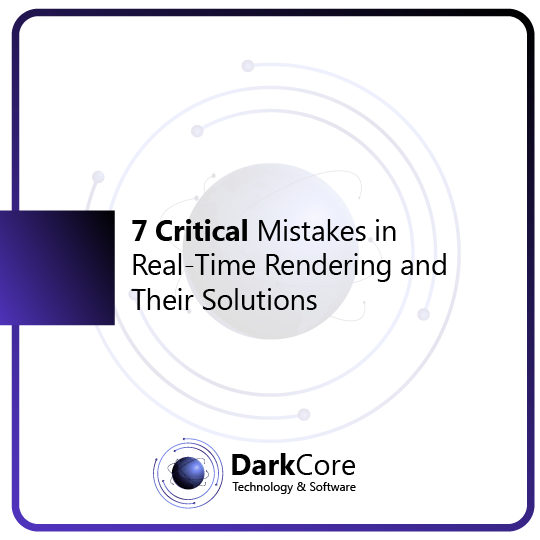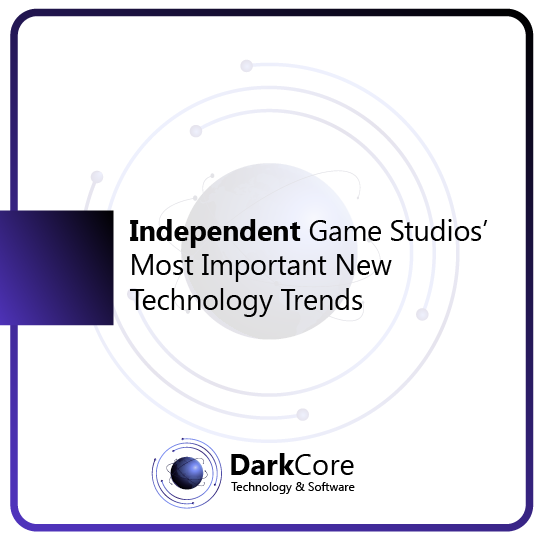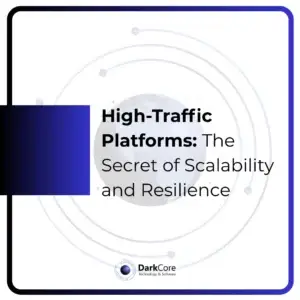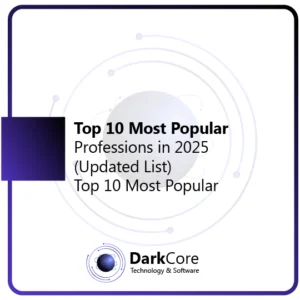Introduction: The Human Behind the Code
The world of software isn’t just about lines of code.
A developer’s performance depends as much on their work environment as on the technologies they use.
As of 2025, developers around the world care not only about salary — but also culture, flexibility, and purpose.
So, what does an “ideal job” look like for developers today?
1. Flexibility: The New Office Culture
The “9-to-6 office” era is long gone.
Developers want to work when they’re most productive.
That’s why remote or hybrid work models have become the new standard.
When teams operate based on results rather than time, productivity rises.
In short: flexibility = efficiency.
2. Working with Modern Technologies
No developer wants to be stuck in outdated frameworks.
Modern engineers grow with technologies like React, Rust, Go, TypeScript, and Kubernetes.
If a company doesn’t foster a culture of continuous learning, it’s hard to retain top talent.
Staying current with tech trends keeps both the project — and the brand — young and dynamic.
3. International Projects and Global Teams
Developers today have no borders.
Working with people from different countries on the same codebase is both educational and motivating.
Opportunities to contribute to global-scale or open-source projects are among the most desired experiences.
4. Transparent Pay and Benefits
It’s not just about salary anymore — feeling valued through benefits matters too.
The most popular packages today include:
- Home-office support budgets
- Education or conference funds
- Bonuses, equity, or profit-sharing
- Health and wellness benefits
In short, developers want more than just a job — they want balance and appreciation.
5. A Trust-Based Company Culture
No line of code can thrive in a toxic environment.
Good leaders replace micromanagement with trust-based leadership.
Transparent communication, empathy, and feedback culture strongly boost developer engagement and retention.
6. Opportunities for Learning and Growth
Developers live by the rule: “If I stop learning, I fall behind.”
That’s why internal workshops, hackathons, mentorship programs, and training opportunities make a huge difference.
When developers can see a clear growth path, they’re more likely to stay.
7. Creating Meaningful Products
Developers want to create impact, not just functions.
Being part of projects that provide real value to users — scalable, sustainable, or socially beneficial — drives motivation.
The idea of “meaningful code” has become one of the strongest priorities for the new generation.
8. Work–Life Balance
The “always online” mindset is outdated.
Developers now seek workplaces that respect personal time and promote sustainable productivity.
This balance has become a cornerstone of long-term creativity and performance.
Conclusion: The Future of Code is Human
Technology evolves fast — but one thing remains constant:
A great developer grows within a great culture.
Providing the right environment isn’t just about employee satisfaction; it fuels innovation.
At Darkcore, we believe in putting the human element at the heart of every software journey.
Coding isn’t just a job — it’s a journey.
The better the environment, the better the code.

